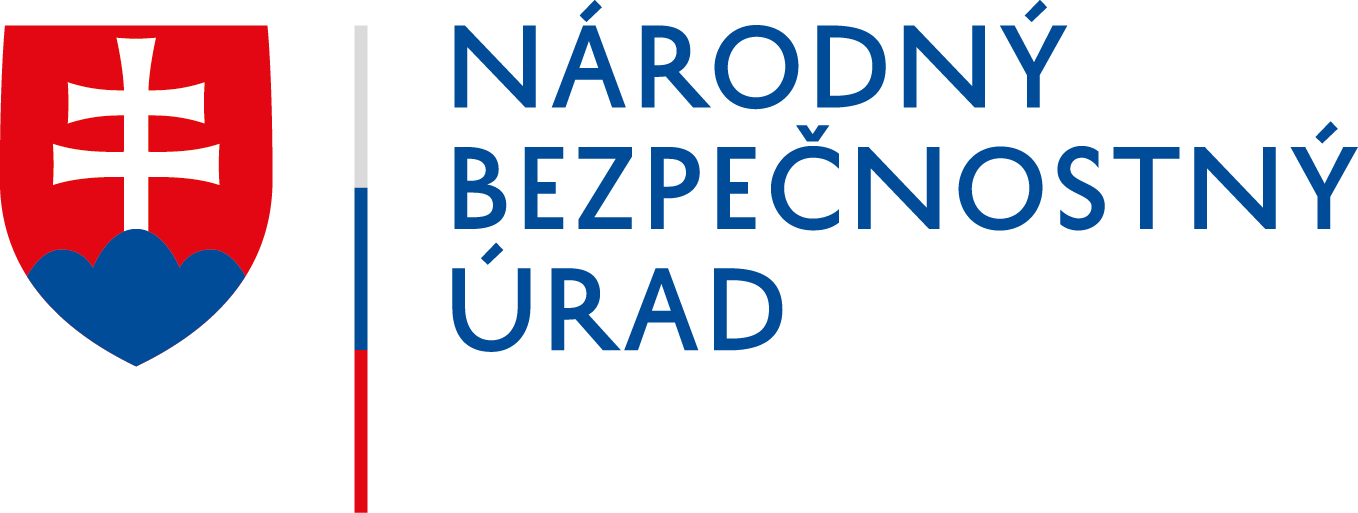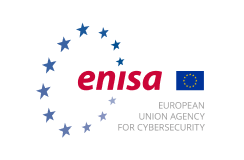Malicious E-mail
A malicious e-mail can look just like it comes from a financial institution, an e-commerce site, a government agency or any other service or business.
It often urges you to act quickly, because your account has been compromised, your order cannot be fulfilled or there is another urgent matter to address.
If you are unsure whether an e-mail request is legitimate, try to verify it with these steps:
- Contact the company directly – using information provided on an account statement, on the company’s official website or on the back of a credit card.
- Search for the company online – but not with information provided in the e-mail.
(Author: National Cyber Security Alliance, published under Public License)





